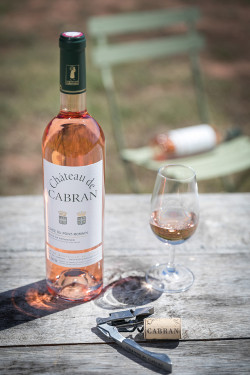History of the wine estate
At the edge of the city of Fréjus, in the town of Puget-sur-Argens, the cut stone bastide attests to the estate's rich agricultural past.
For 200 years, our family has dedicated 20 ha of land to viticulture. Ardent protectors of the land, we practice a culture in search of authenticity, respectful of the know-how and traditions specific to Provence.
This is the land that Cabran puts in bottles. The estate produces wines of character through long-established vinifications processes with modern thermoregulation equipment and the use of Provencal boute and barrels for vinification or aging of the best vintages.
History of the wine estate
At the edge of the city of Fréjus, in the town of Puget-sur-Argens, the cut stone bastide attests to the estate's rich agricultural past.
For 200 years, our family has dedicated 20 ha of land to viticulture. Ardent protectors of the land, we practice a culture in search of authenticity, respectful of the know-how and traditions specific to Provence.
This is the land that Cabran puts in bottles. The estate produces wines of character through long-established vinifications processes with modern thermoregulation equipment and the use of Provencal boute and barrels for vinification or aging of the best vintages.
The vineyard
On the last foothills of the Esterel massif which separates the Var from the Alpes-Maritimes, the area combines exceptional geological conditions, even extremely rare in the world.
Esterel, a volcanic massif bathed in the sea breeze, gives the vines rigor and finesse. The soil is made up of eruptive rocks and lava, rhyolite and dolerite flows. It is the mixed presence of these two forms of volcanic emissions which is exceptional. This gives a soil rich in minerals but poor in organic elements; the yields are therefore low, as another quality factor.
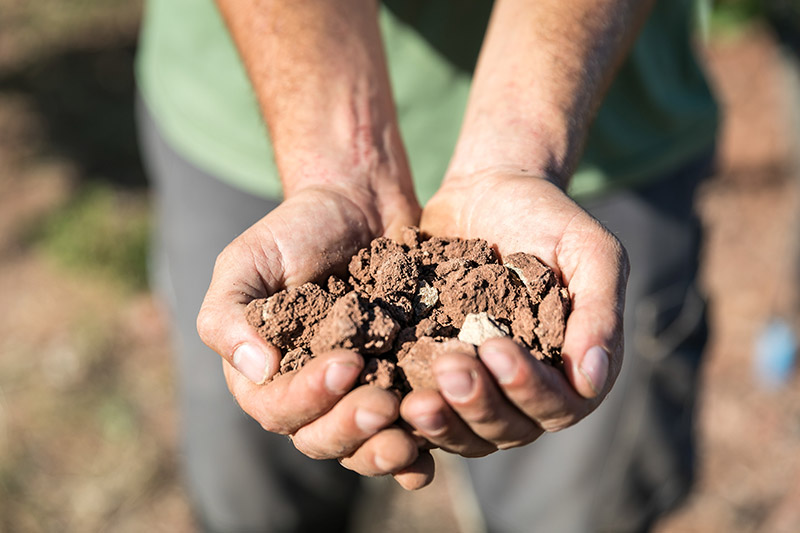
Cellar & vinification
Our cellar has been fitted out in a very old country house, made of local stone, of which we have retained the character.
It is by gravity that the reception of the harvest is made. An oenograppe allows destemming and crushing of the harvest. The pressing is pneumatic.
The vinification of red wines is traditional, in enamelled steel vats.
The vinification of rosé wines is made mainly by direct pressing. After settling, fermentation is preceded by a stabling phase lasting up to 15 days.
The maceration and fermentation temperatures are rigorously controlled thanks to powerful cold groups.
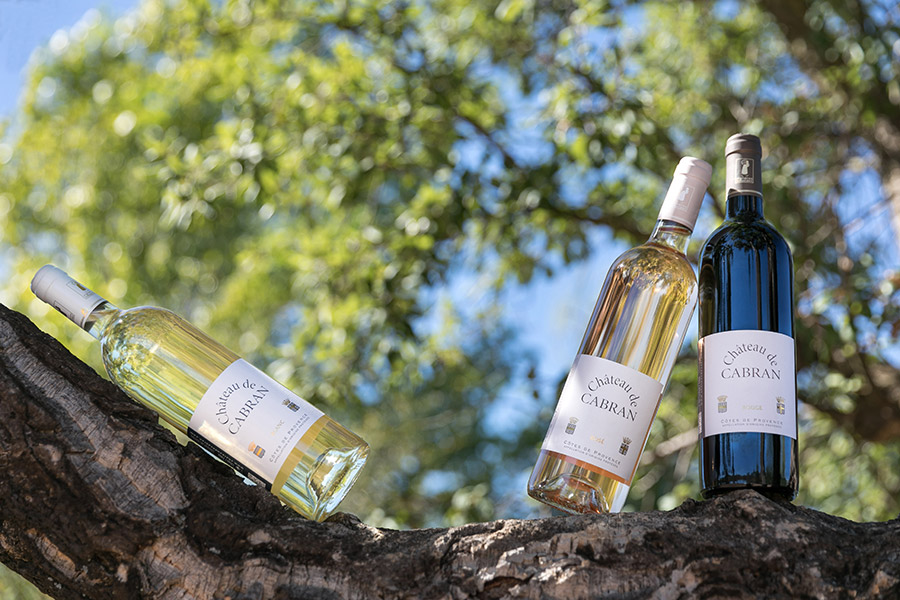
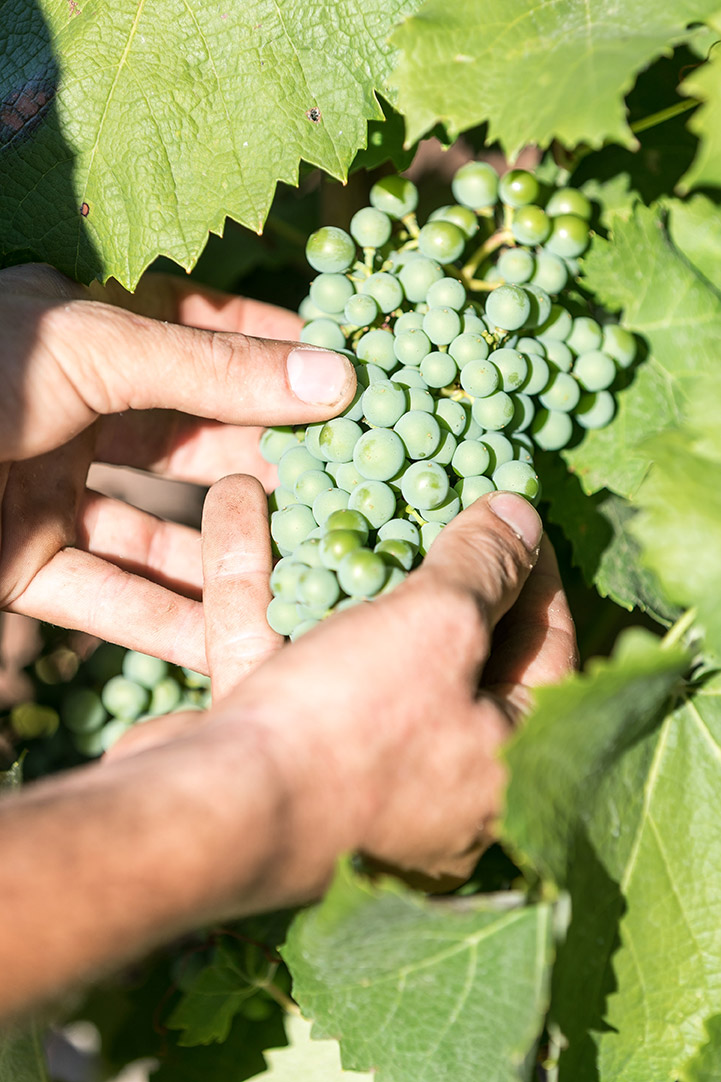


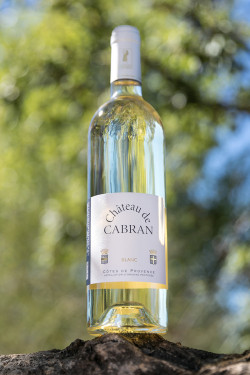
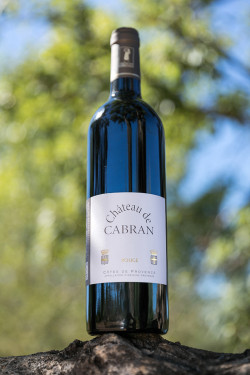
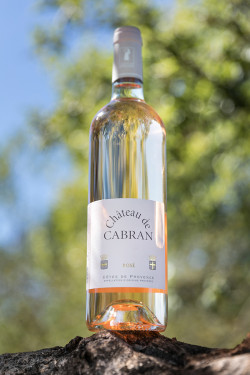
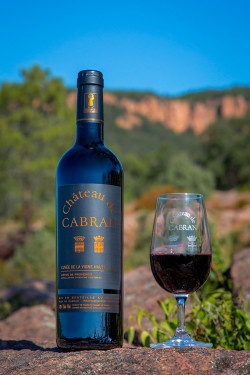
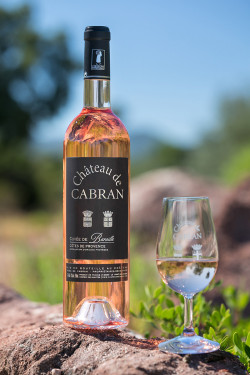
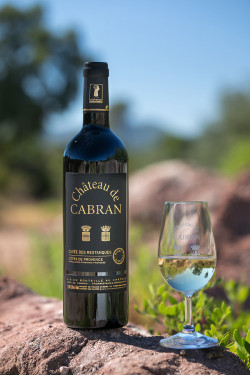
![[Magnum] Cuvée de la Vigne...](https://www.chateaudecabran.com/35-home_default/magnum-cuvee-de-la-vigne-haute.jpg)
